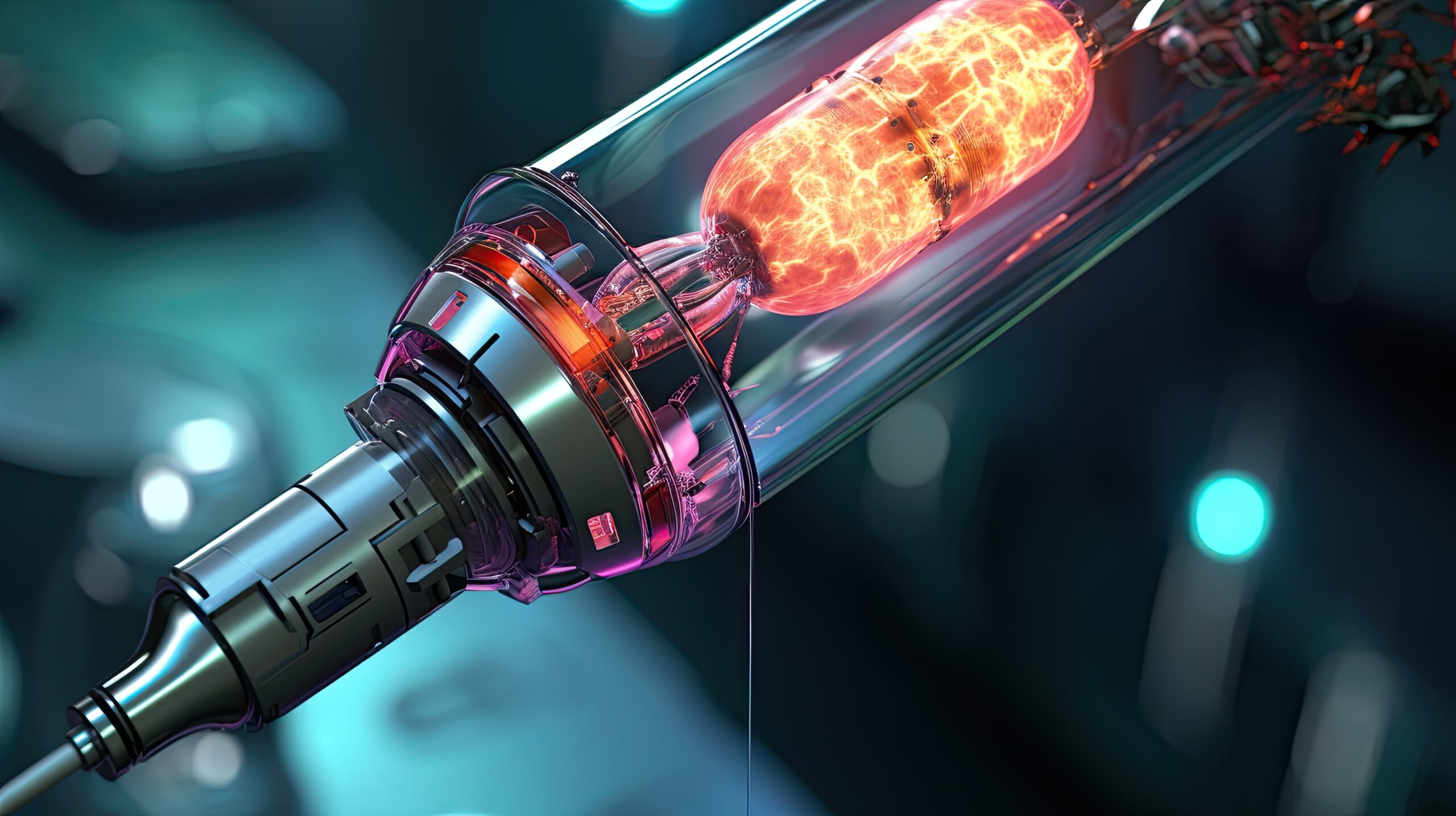


Researchers have developed a temperature-sensitive nanocarbon hydrogel, known as CS/GP@CN, for cancer treatment [1600ac59]. This injectable gel undergoes a phase transition from a liquid to a gel state at body temperature. It contains carbon nanoparticle suspension injection (CNSI) for sentinel lymph node imaging and sodium β-glycerophosphate (β-GP) for photothermal therapy (PTT). The hydrogel exhibits excellent biocompatibility and demonstrates a strong PTT effect when exposed to laser irradiation. Additionally, it stimulates the maturation of dendritic cells, leading to an antitumor immune response, and exhibits an antimetastatic effect in the lungs. The researchers believe that this temperature-sensitive nanocarbon hydrogel holds great potential for a wide range of biomedical applications [1600ac59].
In a related development, scientists have created a light-driven launch system for miniature robots inspired by squirting cucumbers [14336fc3]. The soft hydrogel and graphene launcher can release energy in just 0.3 milliseconds, allowing the device to rapidly take off from both wet and dry surfaces and travel a distance 643 times its own body height. The technology could be used to develop miniature medicinal robots for deep tissue sampling, smart-seeding agriculture robots, and even as a soft bullet. The launcher is activated by a near-infrared laser and can also be activated by focused sunlight, expanding its potential applications in lunar or space exploration robots [14336fc3].
James Tour's team has developed microscopic light-powered jackhammers that can penetrate bacteria cell walls. The jackhammers have plasmons in them that resonate at a specific wavelength of near-infrared light, which when absorbed by the molecule, vibrates vigorously and punches a hole in the bacterial wall. The technology has been tested on moth larvae but human tests are yet to be conducted [0252b876]. Some researchers are concerned about the dangers of molecular machines, but Tour's devices seem safe as they only function when exposed to the specific near-IR wavelength of light. The article also discusses the potential risks of nanotechnology and the need for continued funding for scientific research. The author mentions the threat to U.S. government-funded research due to rising interest rates and the aging population. The article concludes by emphasizing the importance of research funding and the involvement of smart young people in scientific research [0252b876].
[1600ac59] [14336fc3] [0252b876]